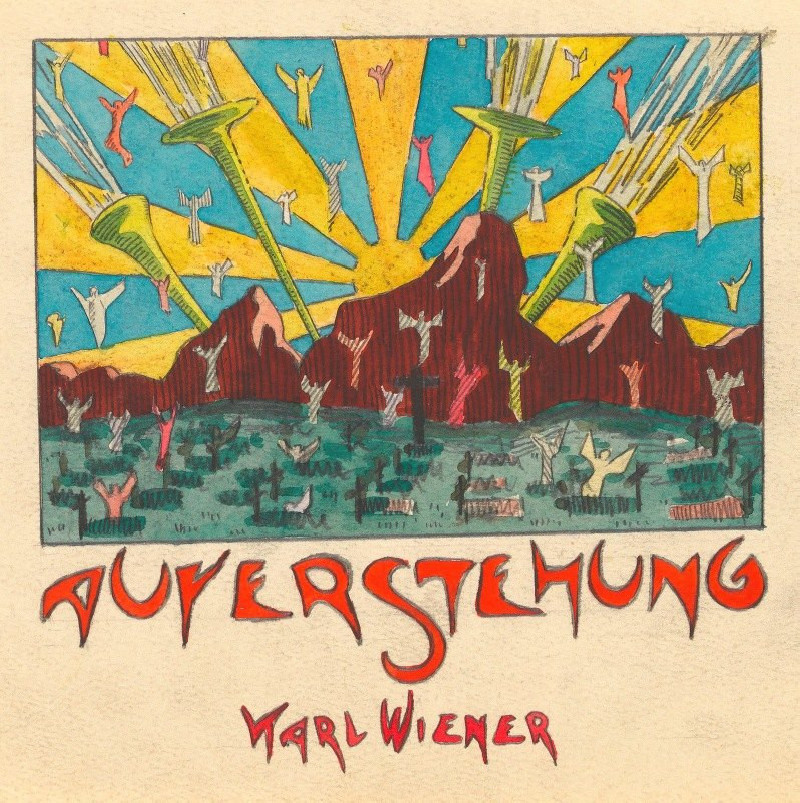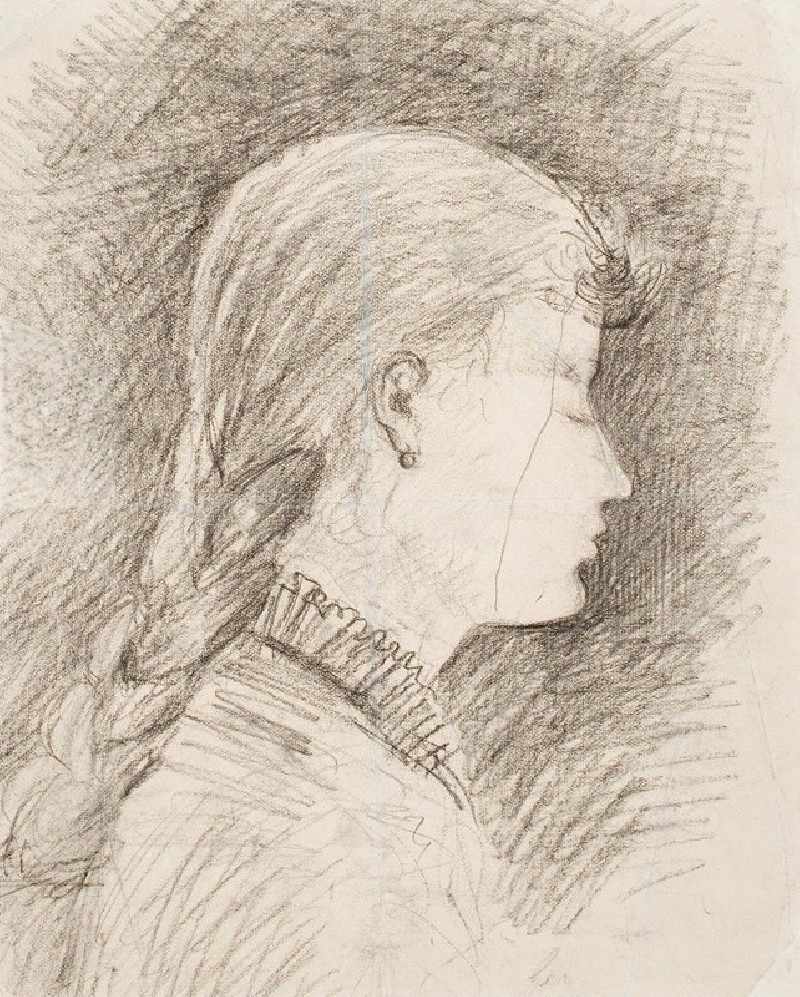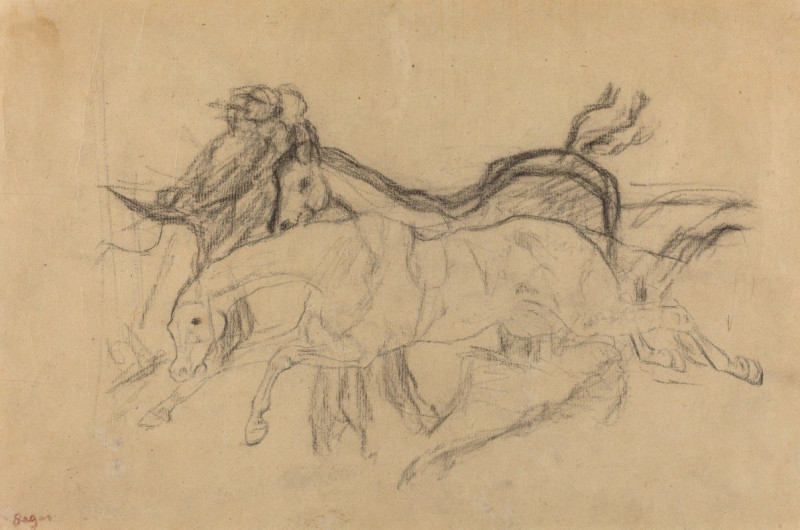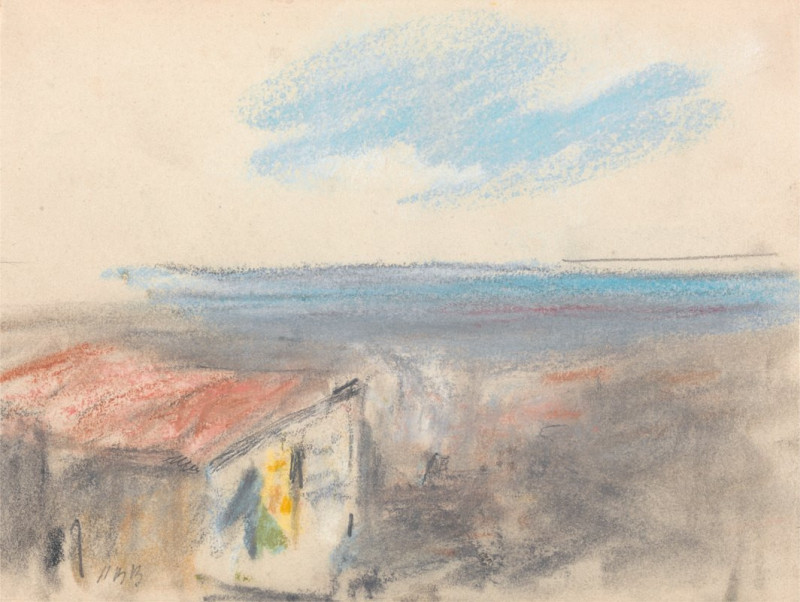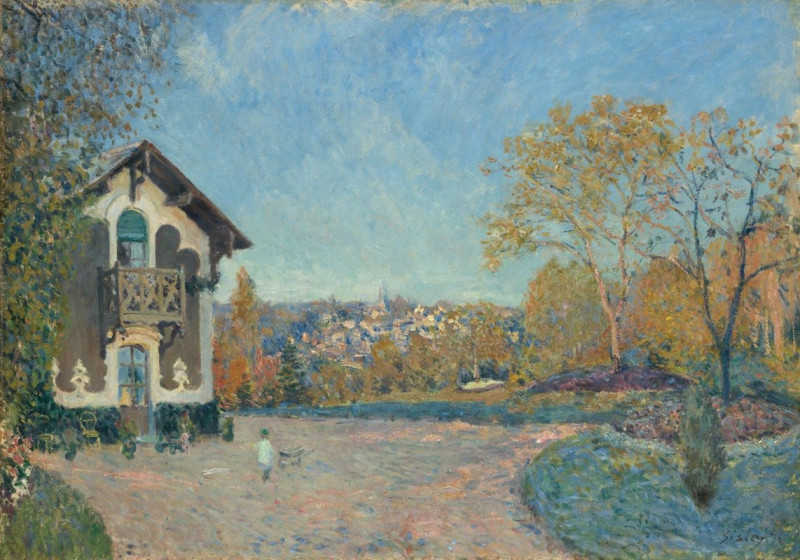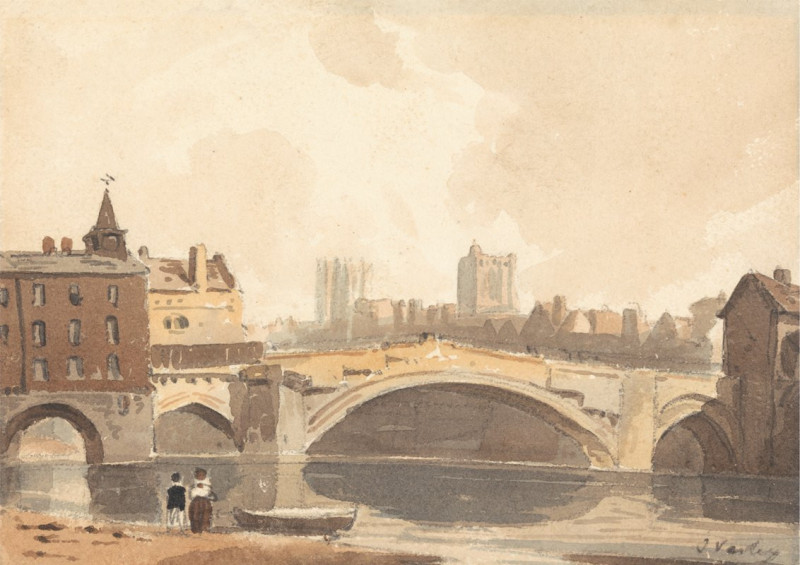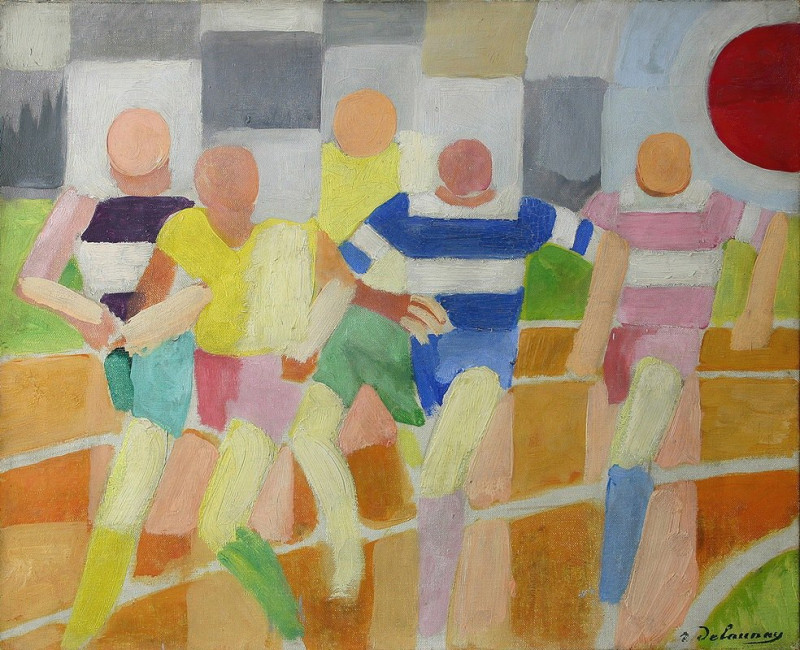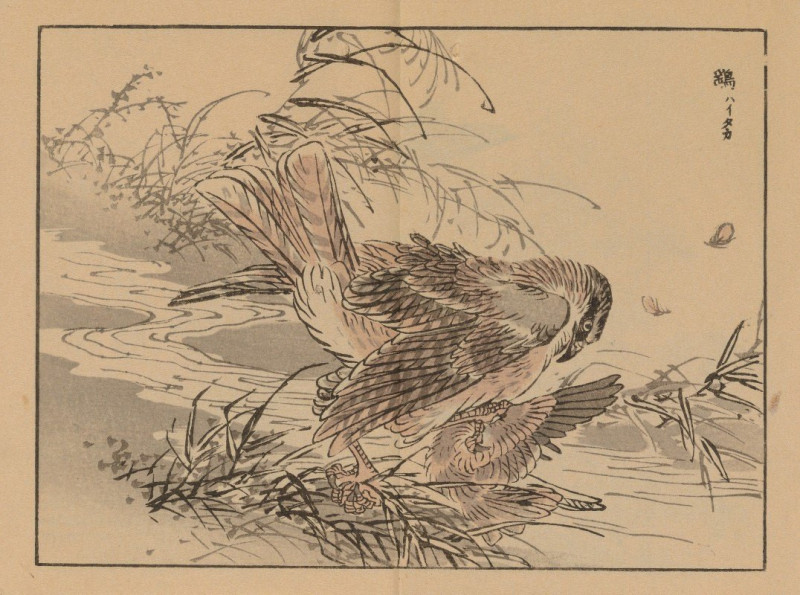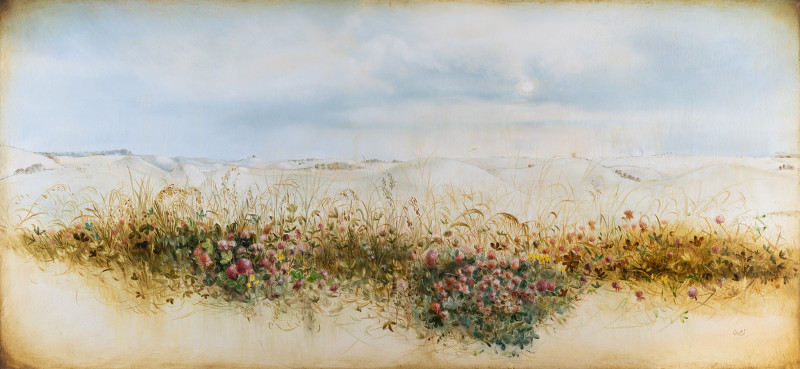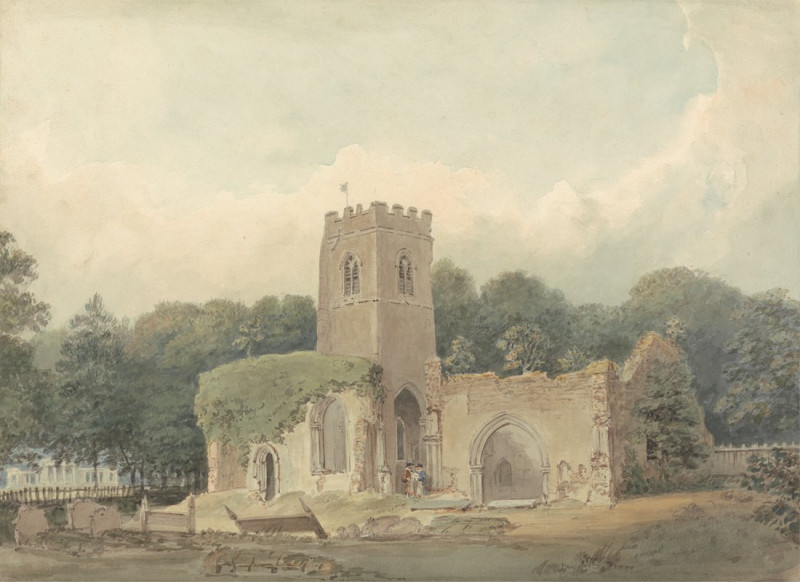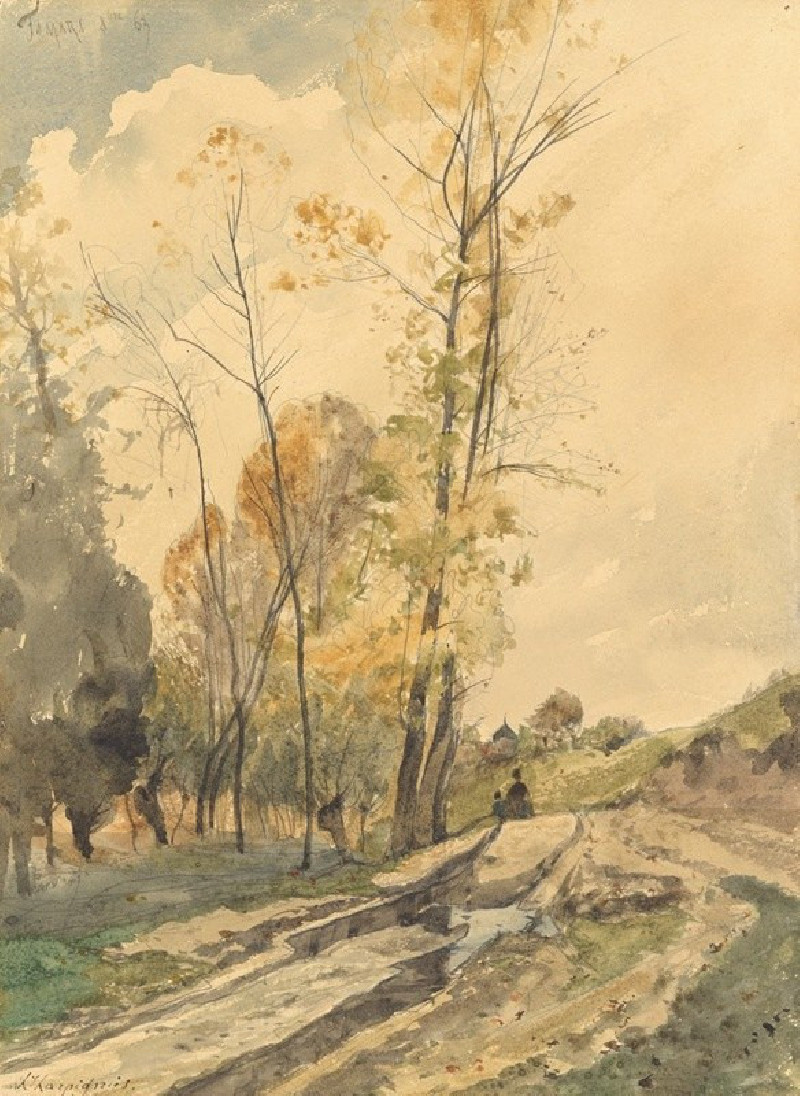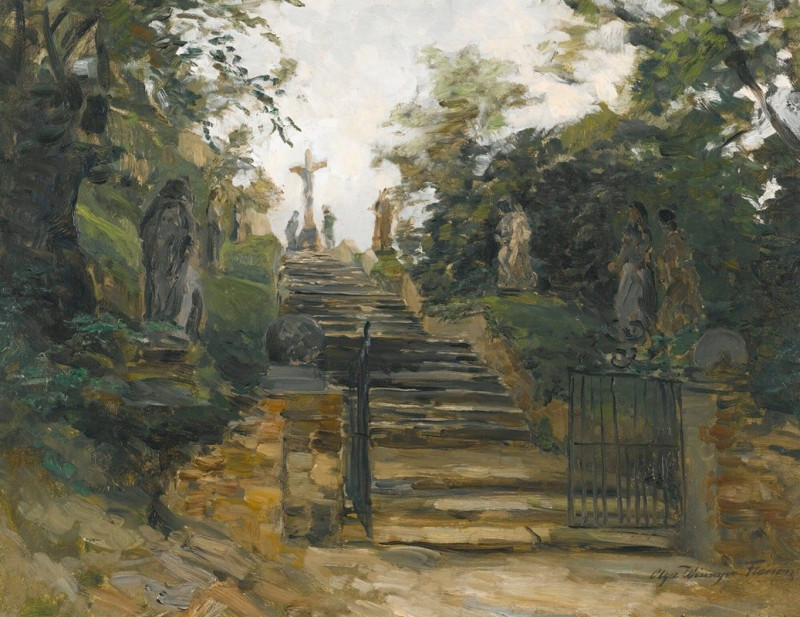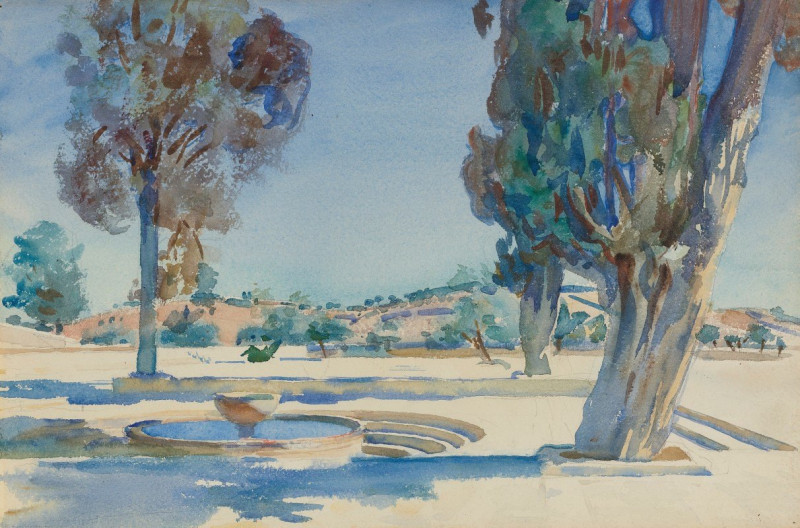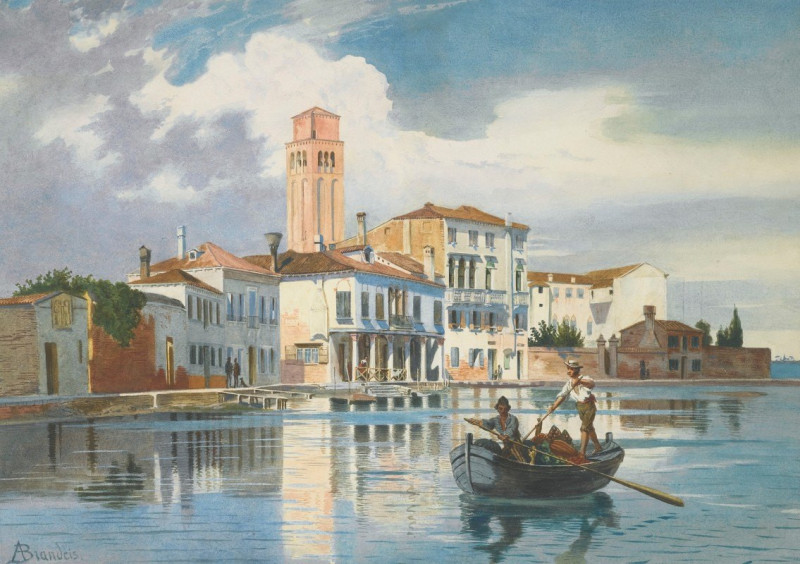Auferstehung (around 1923)
Technique: Giclée quality print
Recommended by our customers
More about this artwork
The painting titled "Auferstehung" by Karl Wiener, created around 1923, captures a raw and symbolic expression of rebirth and resurrection. The artwork features an animated landscape dominated by sharp, craggy mountains beneath a radiant, yellow sky from which numerous white crosses and figures ascend energetically. These elements, depicted in a striking array of colors and dynamic lines, seem to pulse with movement and vitality.The image portrays a multitude of crosses and figures soaring upwards, breaking from the earth and rising toward the sky, symbolizing the spiritual theme of resurrection. The colors are bold and vivid, conveying a mix of urgency and liberation, mirroring the intense emotional and possibly spiritual upheaval suggested by the title. Each figure and cross rises distinctly, adding a personal note to the universal concept of rebirth.Karl Wiener's "Auferstehung" offers a visual exploration of themes central to human hope and spiritual renewal, rendered in a style that bridges the gap between the earthly and the divine.

